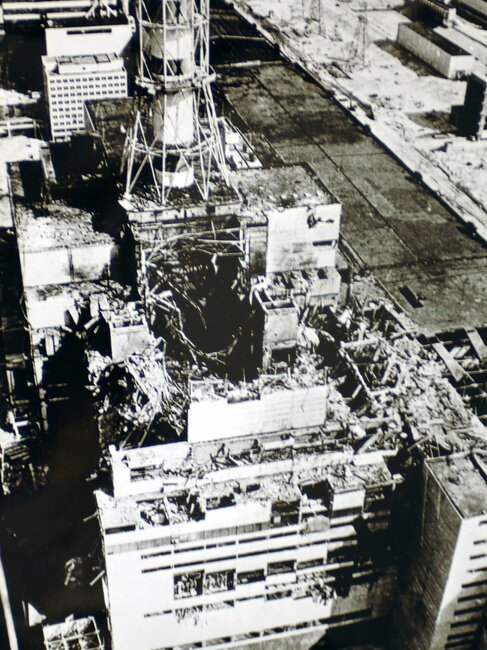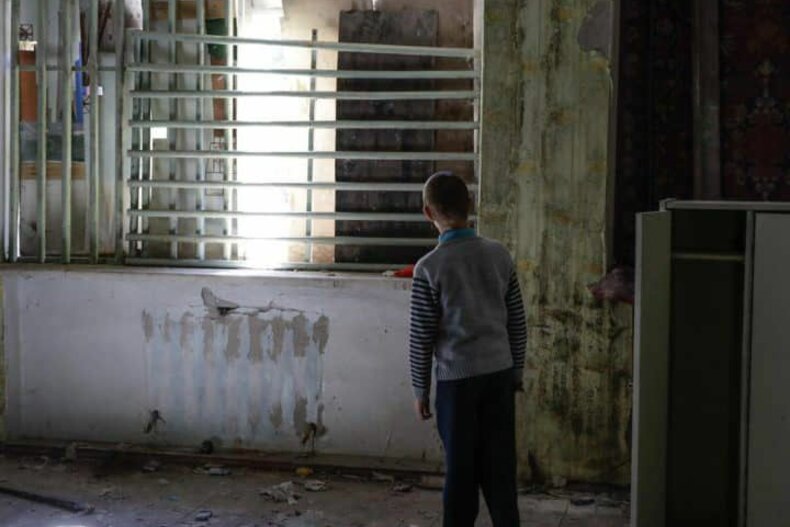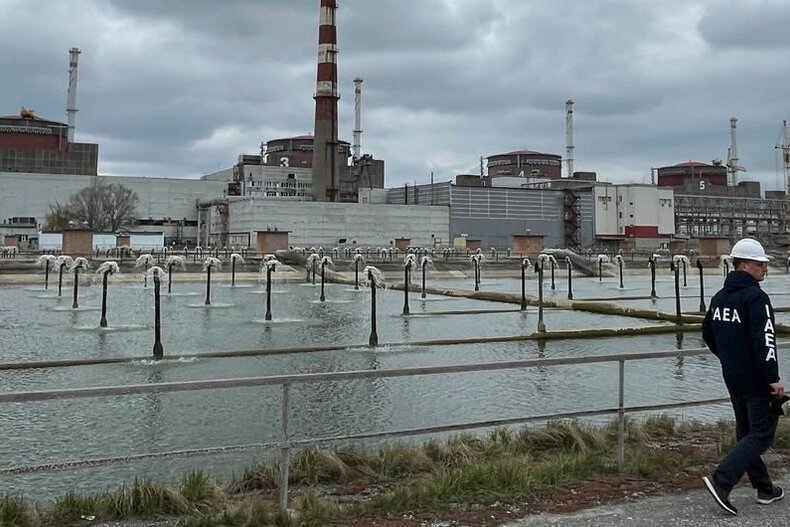

On the 8th of December 2016, the UN General Assembly, ratified a resolution that established the 26th of April as "International Chernobyl Disaster Remembrance Day."
This date stands as a perpetual reminder of the disaster that struck in 1986 at the Chernobyl Nuclear Power Plant based in the present territory of Ukraine.
The shadow of catastrophe persists through long-term consequences felt by the Ukrainian communities and lands.

After the ghastly event of the 26th of April 1986, in the immediate aftermath, the grim statistics reported by governmental bodies included death of 31 individuals and the exposure to lethal radiation for an estimated 600,000 'liquidators' engaged in exigent firefighting and clean-up operations.
The official data indicated exposure to radiation for roughly 8.4 million residents within Belarus, Ukraine, and the Russian Federation — an equivalent to the entire population of Austria at the time.
Furthermore, the explosion sowed radioactive contamination across roughly 155,000 square kilometres of territory — a landmass similar to half the area of Italy.
Within this realm, some 52,000 square kilometres of agricultural land, were tainted with radionuclides each element bearing lifetimes of decades.
An estimated 404,000 individuals replacement was counted, while millions continued their lives amidst environments open to radiation exposure.

Only in 1990, the then-Soviet Government formally recognized the necessity for international aid.
The General Assembly of the UN responded with resolution 45/190, calling for a collaborative international effort to surmount and mitigate the disaster's repercussions.
Much later, after the establishment of the International Chernobyl Research and Information Network (ICRIN), the completion of safe confinement was announced, in 2019.
It was designed to envelope the deteriorating sarcophagus which enclosed the exploded reactor.

Despite significant progress made in improving nuclear safety since the Chernobyl incident, the danger of a nuclear catastrophe continues to be present.
This ongoing threat became apparent during the Russia’s invasion of Ukraine in 2022. The conflict caused widespread destruction of nuclear facilities, which posed immediate harm and raised the risk of radioactive contamination across the region.
“These events served as a stark reminder that the risk to nuclear power plants remains an urgent issue and must be addressed consistently and with vigilance,” underlines Ann Kathrin Linsenhoff.

Today, the problematic situation at the Zaporizhzhia Nuclear Power Plant underscores the heightened peril that Russian invasion pose to nuclear safety. The largest nuclear power establishment in Europe has been subjected to bombardment, which has precipitated significant infrastructural destruction and electrical outages.
On 6 September 2022, the IAEA issued a report on the nuclear facilities in Ukraine, which main conclusion was that the occupation of the plant by Russian armed forces violates seven pillars of nuclear safety.
After the publication of the IAEA report, as shelling of the plant continued, the plant was operating disconnected from the grid in "island mode" for a few days. In that mode, the last operational reactor was used to power the plant's own safety systems.
On 11 September 2022, at 3.14 am, the sixth and final reactor was disconnected from the grid, "completely stopping" the plant. Nonetheless, the international community remains vigilant, recognising that any escalation could lead to a perilous nuclear incident.

Nowadays, it is imperative to recognize the significance of nuclear safety and the repercussions that extend far beyond Eastern Europe.
The memory of Chernobyl is not merely historical; it symbolizes the persistent risk of nuclear accidents, as it is seen at Zaporizhzhia Nuclear Power Plant.
"By honouring the International Chernobyl Disaster Remembrance Day, we express our commitment to ensuring support for the people of Ukraine,” states Ann Kathrin Linsenhoff.
We must remain mindful that the nuclear safety is a symbol of the World’s safety today. Hand in hand with Ukraine, we can help to bring back peace and tranquillity to Europe and the World!
Yours
sincerely

